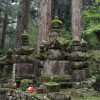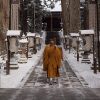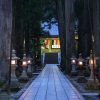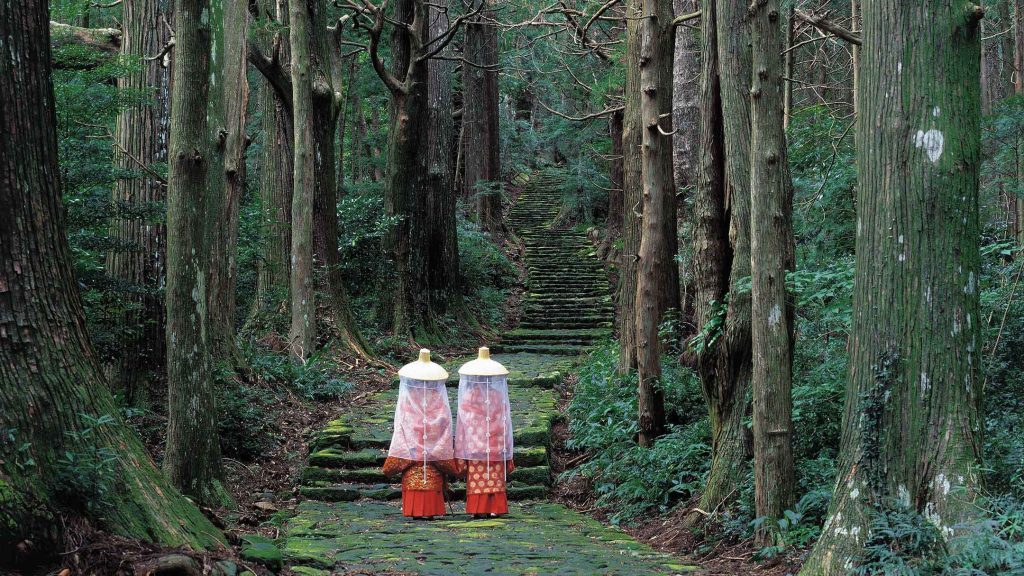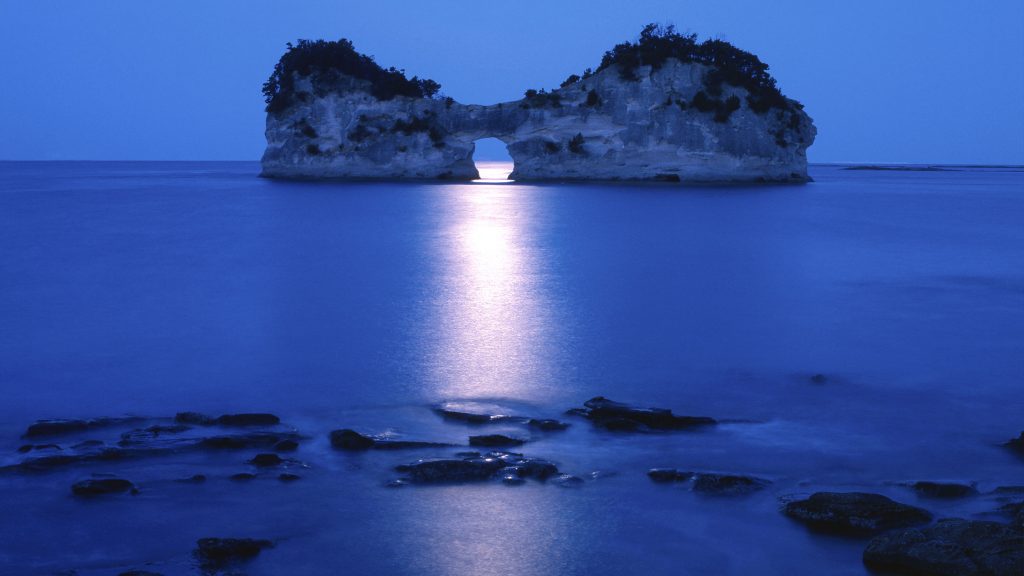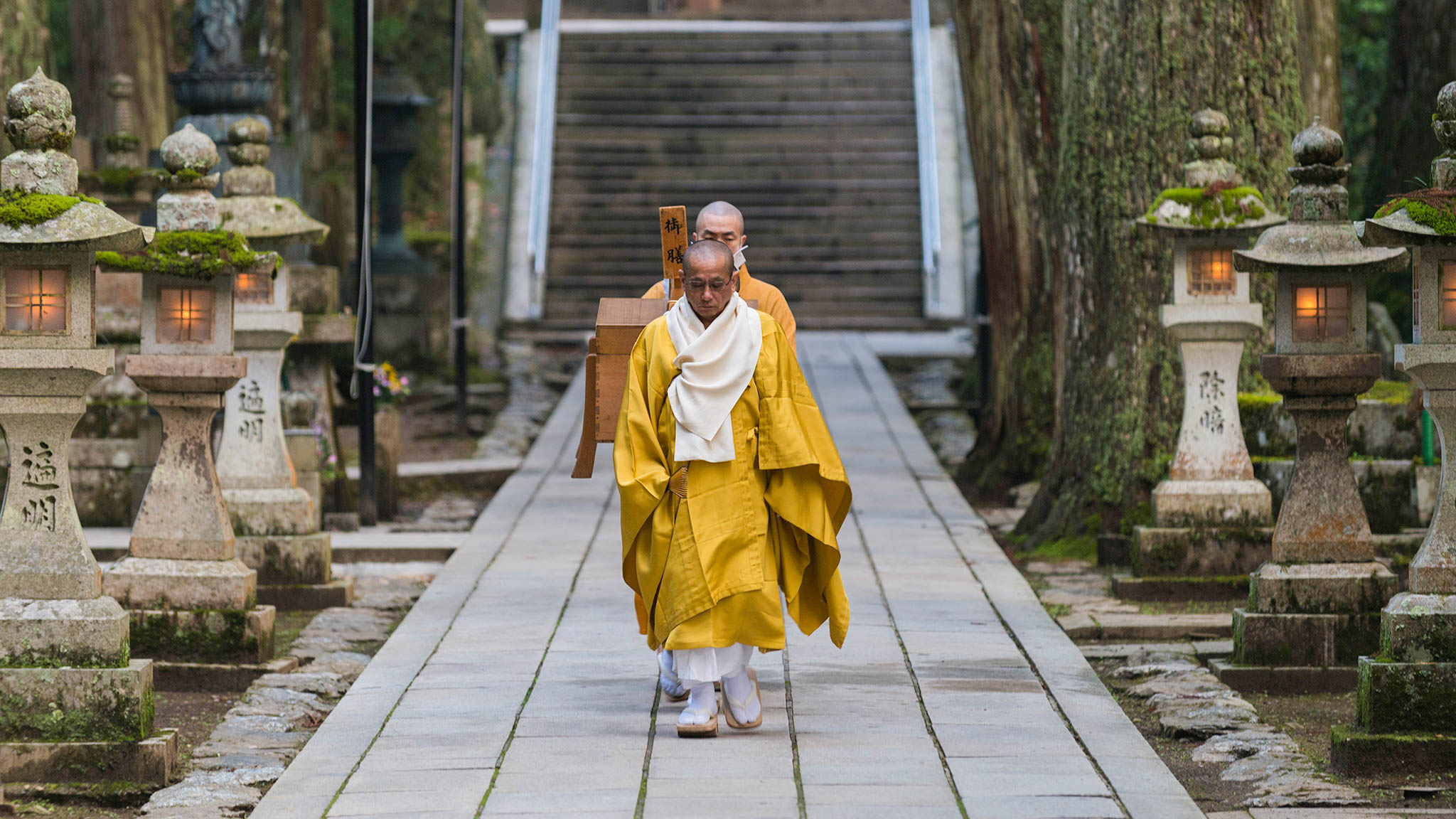
Koyasan: Unearth Ancient Traditions
Shrouded in mist as much as in mystery, Koyasan is a sacred site nestled in forested mountains. With no fewer than 117 temples, this is Japan’s spiritual heartland and the eternal resting place of Kobo Daishi, the revered monk who established Shingon Buddhism in 805. One of three World Heritage sites in the Kii Mountain Range, a visit to Koyasan is an invitation to savor time-honored traditions and uncover sacred heritage buildings.

Start at the Dai-mon Gate, its vibrant crimson paint marking the traditional entrance to Koyasan and a welcome site for pilgrims following the Kumano Kodo. Wandering through the streets, take a moment to stop at Danjo Garan, Koyasan’s central temple complex. And if you’re seeking good fortune, keep your eyes peeled for three-pronged pine needles, which Kobo Daishi legend claims will bring luck.

Delve further into the region
Make your way to Kongobu-ji, the head temple of Shingon Buddhism. The exteriors are a charming display of creams and browns while beautiful yellow paintings adorn the interior tatami rooms. Wander past rooms once graced by Japanese emperors, their faithful samurai watching from behind closed doors. Outside of the temple, enjoy a tranquil walk in the intricately manicured Banryutei Rock Garden, representing two dragons rising from a bed of clouds.


A visit to Koyasan is an invitation to savor time-honored traditions and uncover sacred heritage buildings.
At Okuno-in, Japan’s largest cemetery, follow the 2km path winding past an ethereal collection of thousands of tombstones and monuments, a moving tribute to Japan’s shogun and samurai. Arrive at the Gobyobashi Bridge and make the final approach to Kobo Daishi’s mausoleum, cared for by devoted monks.
Have a restful stay Fifty-two of Koyasan’s temples offer unique overnight accommodation experiences. As a guest at the temple, the monks will invite you to glimpse the Shingon Buddhist way of life. Shojin-ryori dinners are vegetarian feasts, boasting a healthy spread of seasonal produce, including tofu, vegetables, fruits, noodles, and pickles. Rise early to witness the traditional morning rites that include chanting, offerings, and mediation.
Recommended route from Tokyo
Tokyo – Kyoto – Koyasan – Kumano Kodo (by train and bus)
First, take a JR Shinkansen bullet train from Tokyo to Kyoto. Then, for direct access to Koyasan from Kyoto by bus, take the Kyoto-Koyasan Direct Highway Bus. Note that it operates seasonally. From Koyasan to Kumano Kodo, you can take the Koyasan-Kumano Discovery Bus, which is available seasonally. Click here for more information.![]()
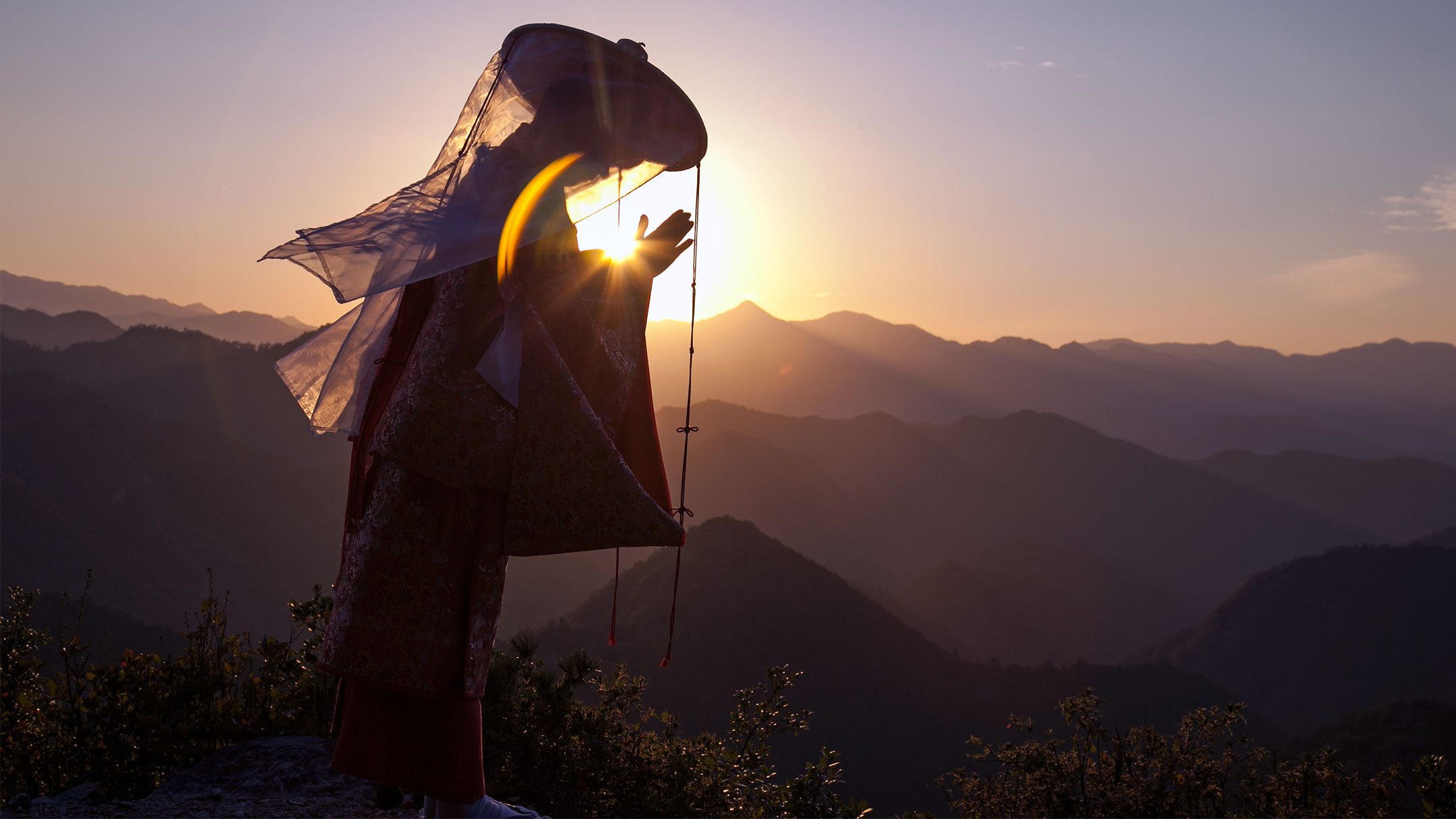
Explore more
Spiritually rich and brimming with natural wonders, Wakayama is Japan’s best-kept secret. Click below and explore how you can get the most out of your experience.


